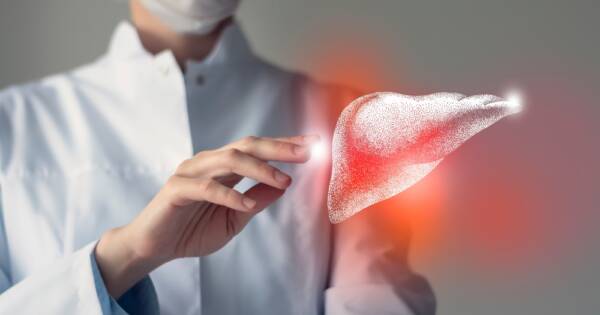Non Alcoholic Fatty Liver Disease (NAFLD) is growing prevalent, with roots in genetics, poor dietary habits, and metabolic disorders like obesity and type 2 diabetes. This silent epidemic, often symptomless, significantly threatens liver health and affects millions globally. Delve into risk factors, how NAFLD escalates, the diagnostic process, viable management strategies, and its rising incidence among children to better understand and combat this expansive liver condition.
Understanding Non Alcoholic Fatty Liver Disease (NAFLD)
Non Alcoholic Fatty Liver Disease (NAFLD) is a widespread condition characterized by excess fat accumulation in the liver. Unlike liver diseases caused by alcohol consumption, NAFLD emerges due to factors such as genetics, dietary habits, and metabolic disorders, including obesity and type 2 diabetes with NAFLD being prevalent among individuals with these conditions. It is a silent disease, often showing no symptoms, yet it is one of the leading causes of liver diseases in the United States, affecting millions of people across the globe.
Identifying Risk Factors
The risk factors for developing NAFLD are numerous, including obesity, insulin resistance, high cholesterol, and metabolic syndrome traits. These conditions contribute significantly to the likelihood of fat buildup in the liver indicating a strong link between metabolic health and liver health. Ethnic backgrounds also influence NAFLD’s prevalence, being highest among Hispanic/Latino populations in the U.S., followed by Whites and African-Americans as reflected in demographic studies.
Progression of NAFLD
NAFLD encompasses a spectrum of liver conditions that can progress from simple fat accumulation (steatosis) to a more severe form known as nonalcoholic steatohepatitis (NASH). NASH is marked by liver inflammation and damage and can escalate to severe conditions such as cirrhosis, liver cancer, or even liver failure if not managed appropriately. This progression underscores the importance of early detection and lifestyle interventions to prevent further liver deterioration.
Symptoms and Diagnosis
Despite its asymptomatic nature, advanced NAFLD can lead to symptoms such as fatigue, abdominal pain, and increased liver enzyme levels. Diagnosis often comes from elevated liver enzymes in blood tests and imaging studies like ultrasounds, CT scans, or MRIs, with a liver biopsy often needed to assess liver damage precisely determining the extent of liver damage. Keeping an eye on these indicators helps in the early detection and management of the disease.
Management and Treatment Options
Currently, no specific medications are available for NAFLD; management revolves around addressing associated risk factors and underlying conditions such as obesity and diabetes. Lifestyle changes are crucial, involving weight loss, a healthy diet, regular physical activity, and avoidance of liver-damaging substances like alcohol and certain medications highlighting the potency of lifestyle adjustments in reversing liver damage. Regular consultations with healthcare providers are vital to assess the condition’s progression and effectiveness of adopted strategies.
Children and NAFLD
The prevalence of NAFLD in children is rising, especially with increasing rates of childhood obesity. This condition, which affects up to 10% of children in the U.S., presents unique challenges and necessitates early intervention strategies to prevent future complications. Obesity is a significant risk factor, and Hispanic children are more affected compared to other ethnic groups. Early lifestyle modifications can make a substantial difference in long-term health outcomes for these young individuals.
Why You Should Learn More About Non Alcoholic Fatty Liver Disease Today
Understanding NAFLD is crucial given its silent nature and widespread impact on health. As one of the most prevalent liver diseases, staying informed about its causes, risk factors, and potential complications is vital for both individuals and healthcare professionals. Early detection and management through lifestyle changes hold the key to preventing the progression of NAFLD into more serious liver conditions. Considering its link with prevalent metabolic disorders, such as obesity and type 2 diabetes, learning more about this disease can empower individuals to take proactive steps towards enhancing their liver health and overall well-being.
Sources
Overview of NAFLD Risk Factors


